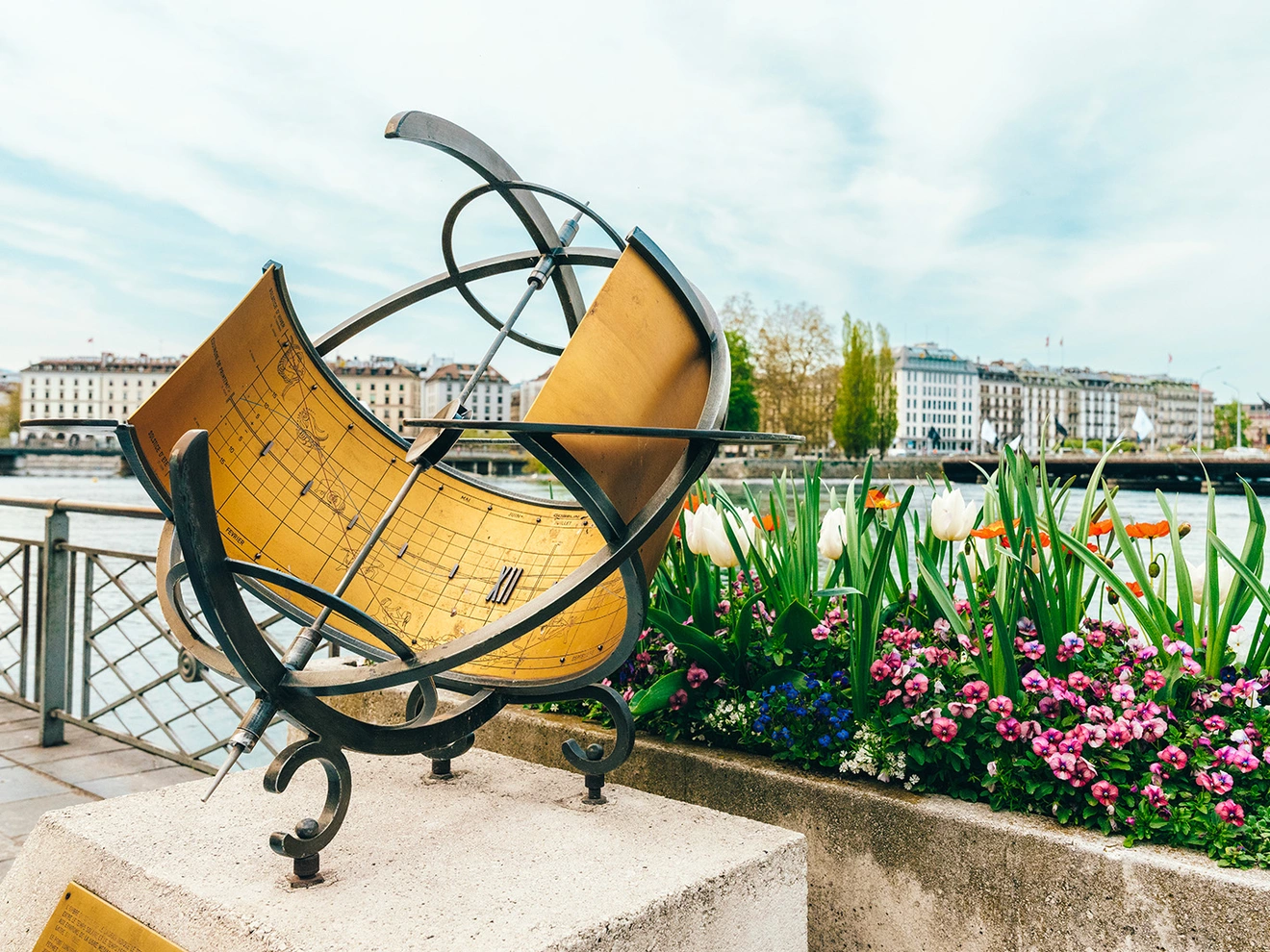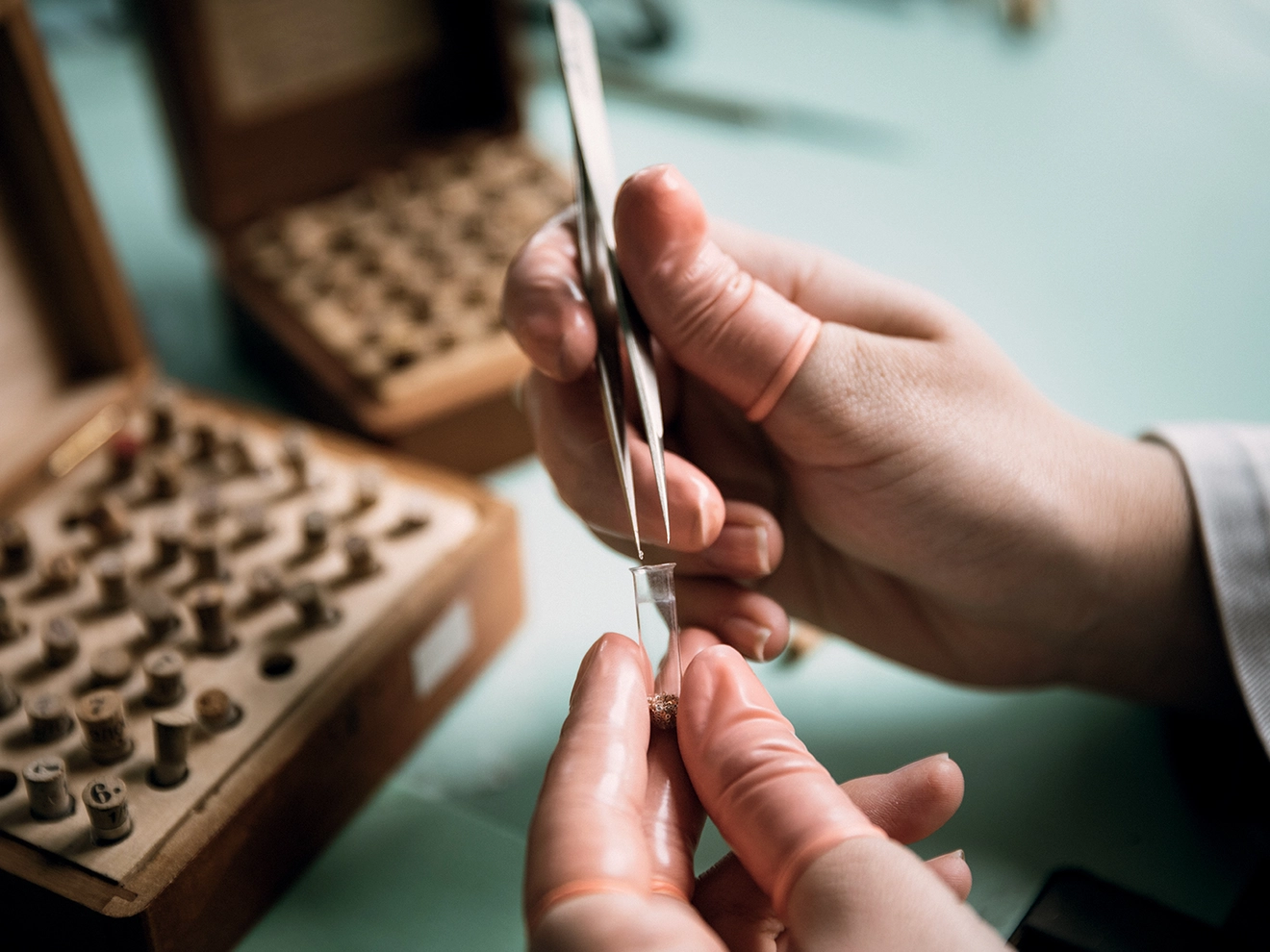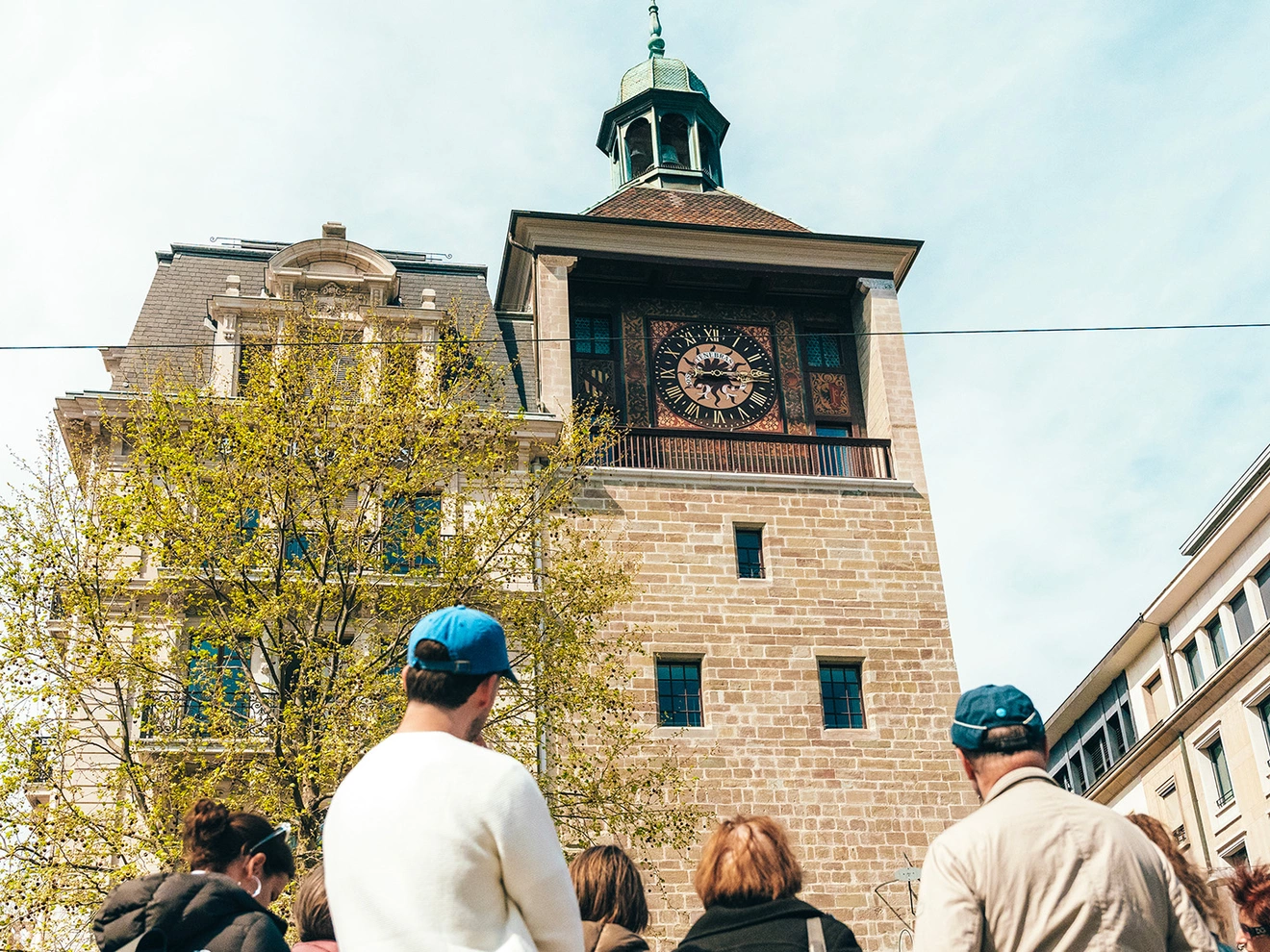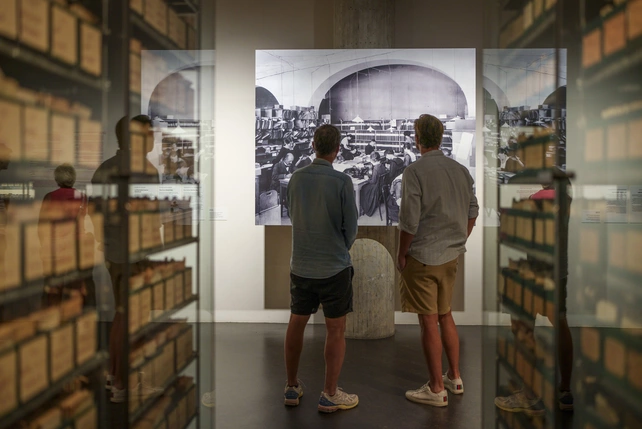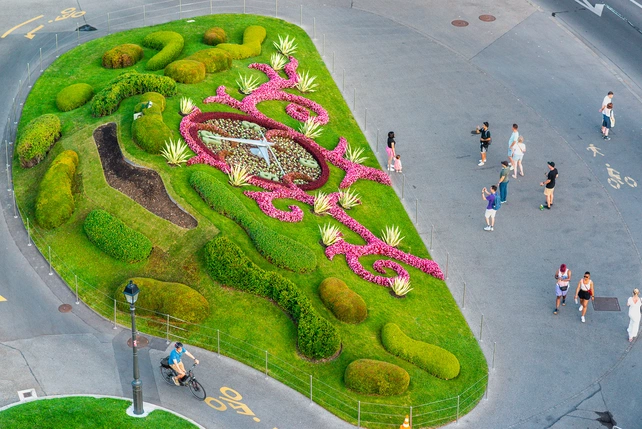Discover the watch industry that has shaped Geneva over the centuries, earning the city its international reputation today. Span every era to find out everything there is to know about this fascinating universe, which is both a symbol of sophistication and absolute precision. Among the famous flower clock and prestigious Rue du Rhône, you’ll also discover other…
Cradle of watchmaking
Geneva’s watchmaking industry was born in the mid-16th century, when many European Protestants found refuge in Geneva to flee religious persecution, welcomed by Jean Calvin.
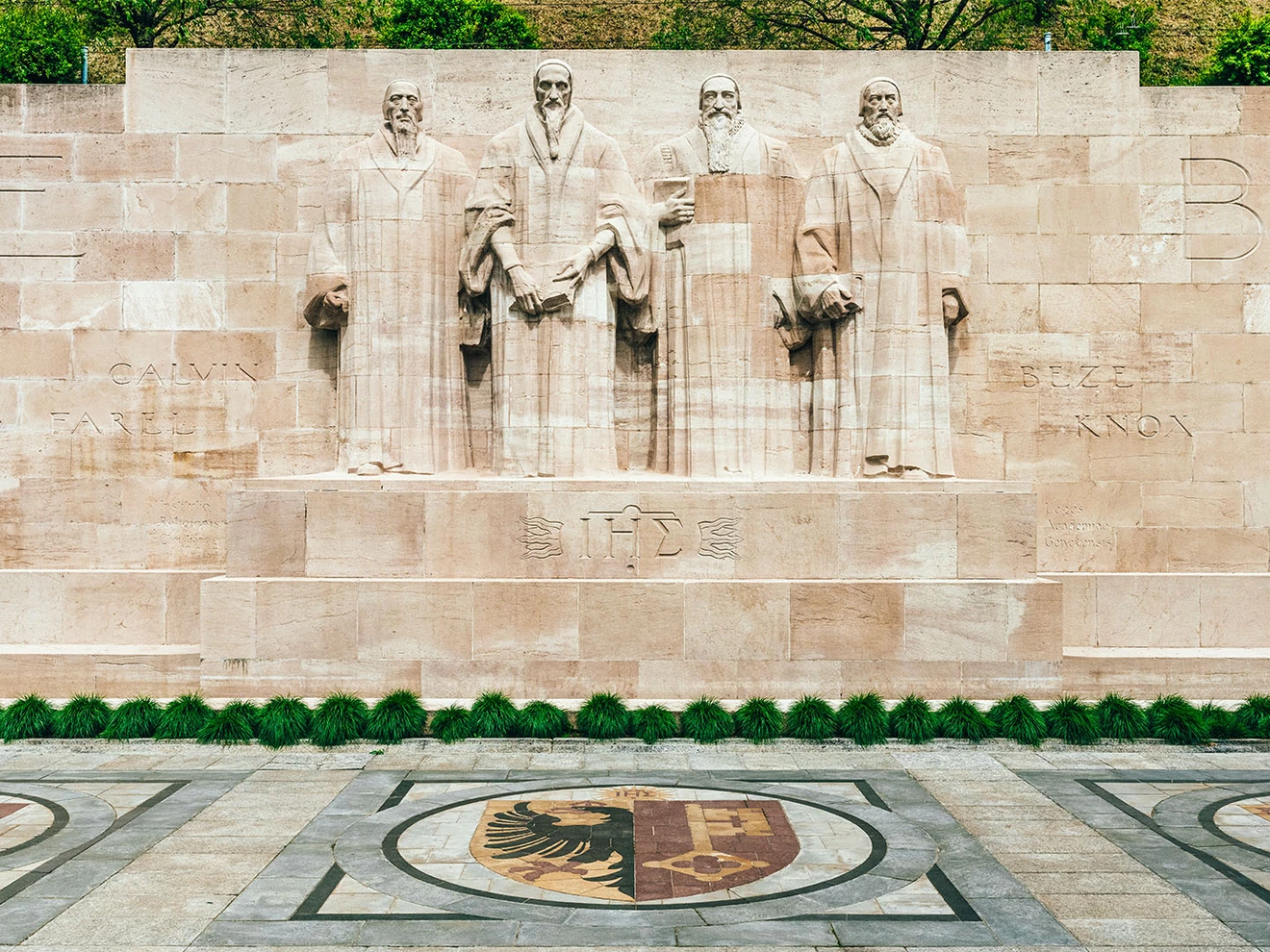
The origin
The story goes that Calvin decided to ban the wearing of jewellery during this particularly austere period and that the city’s goldsmiths had to find an alternative and turned to watchmaking, delicately decorating watches and clocks with precious stones and materials. Thus was born in the city of Geneva, the luxury watchmaking industry and its unique pieces.
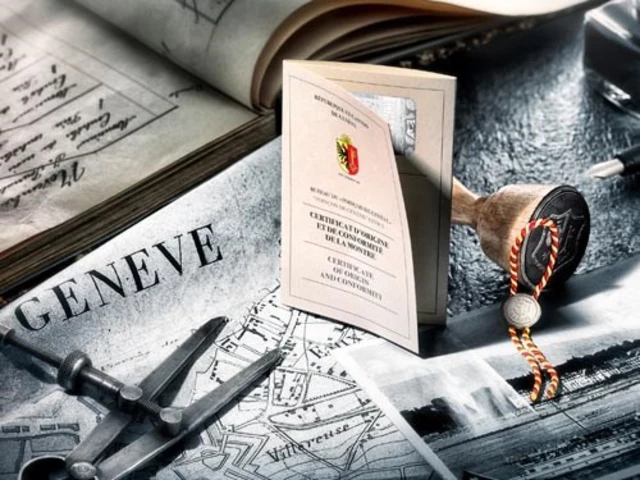
The “Poinçon de Genève”
Introduced by the Republic and Canton of Geneva in 1886 as the ultimate standard of excellence and the emblem of the know-how of Geneva’s fine watchmaking, the Poinçon de Genève (Geneva Seal) guarantees the origin, quality and reliability of the craftsmanship.
Geneva’s watchmaking expertise has spread throughout the world for several centuries. The Poinçon de Genève is a guarantee of authenticity, of a product made by the best craftsmen of the Republic and Canton of Geneva, whose success is recognised throughout the world. Only a handful of select, Geneva-based watchmakers and “manufactures” have been awarded this certification.
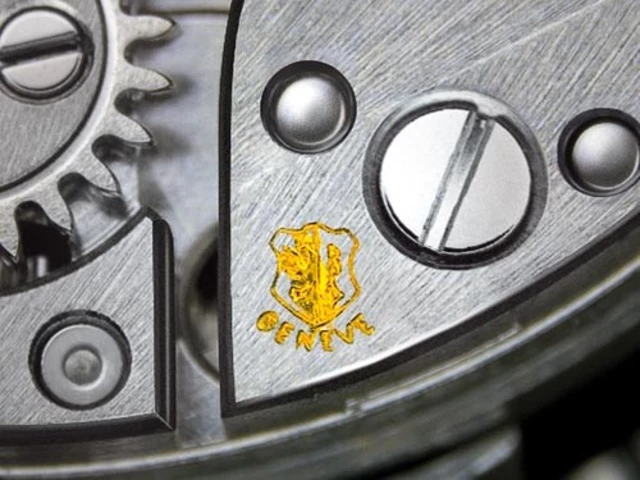
A watch bearing the Poinçon de Genève is not only a time-measuring instrument but a work of art. To obtain this distinction, each component must be manufactured with the utmost care, and finely decorated.
The beauty of a watch must serve to highlight its precise operation. This is why the Poinçon de Genève subjects each watch to a number of tests to ensure its quality and reliability. A watch certified by the Poinçon de Genève offers the assurance of a quality timepiece, manufactured according to the latest technologies in terms of reliability and precision.
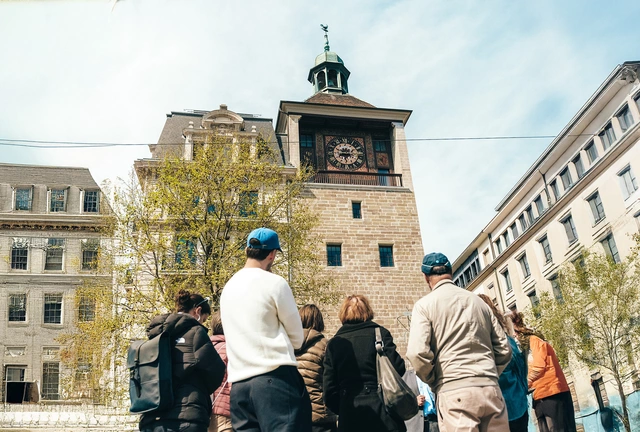
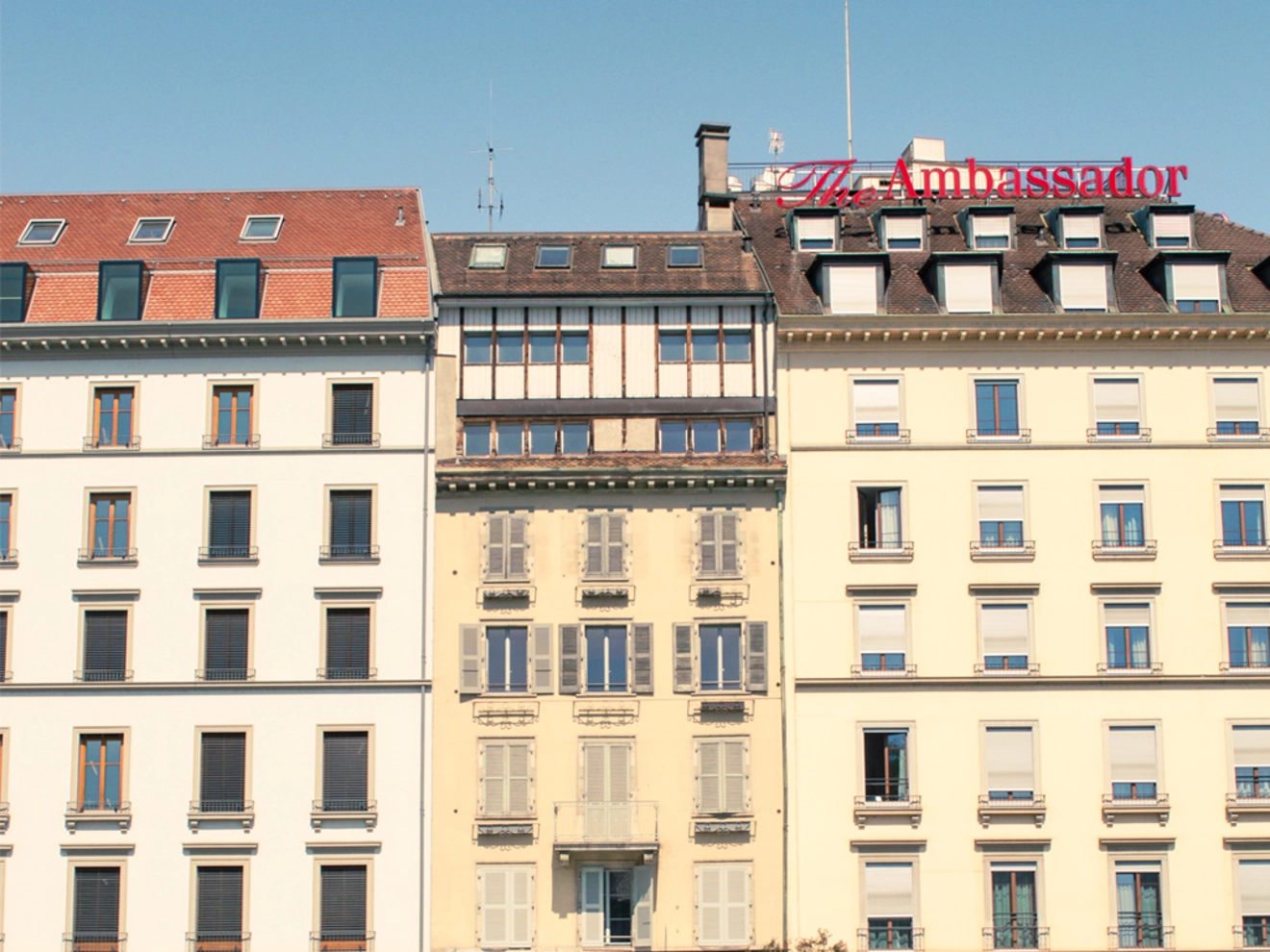
The “cabinotiers” of the Saint-Gervais district
Have you ever heard of a “cabinotier”? A cabinotier was, in Geneva, a worker employed by a “cabinet”, i.e. a small watchmaking workshop at the time. A cabinotier was not necessarily a watchmaker, he could be a jeweller, an engraver or a gem-cutter (lapidary).
In the 18th century, the cabinotiers forged a solid reputation based on the quality of their work, meticulousness and precision. They contributed greatly to Geneva’s reputation throughout the world.
They were based in the Saint-Gervais district on the left bank of Geneva. As they needed as much light as possible to carry out their meticulous tasks, they moved to the top floors of the buildings, which had many small windows that almost touched each other. Walking through this district, these windows can still be seen today.

Patek Philippe Museum
The Patek Philippe Museum is located in the heart of the Plainpalais district. Founded in 2001, it showcases the most prestigious creations of the brand’s master watchmakers. Visitors can also admire an extraordinary collection of watches, musical automata and enamel miniatures from the 16th to the 19th centuries, created in Geneva, Switzerland and Europe. The museum…
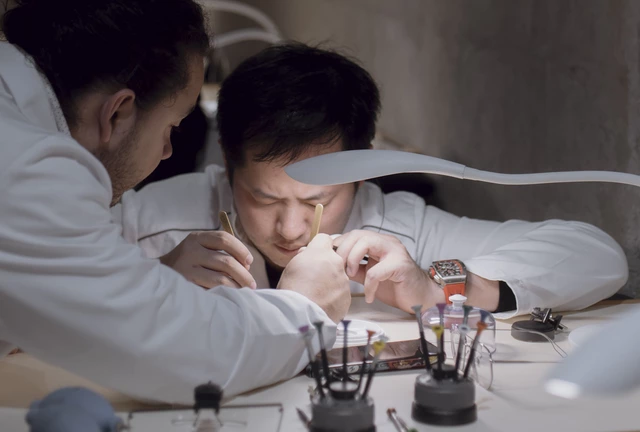
Step into the shoes of a Master Watchmaker or Master Jeweler
Discover the secrets of Swiss watchmaking and jewelry in the heart of Geneva in a fun and original way

Capital of fine watchmaking
In Geneva, watchmaking isn’t just tradition, it’s part of the vibe. From giant city clocks to sleek boutiques, from hands-on workshops to inspiring museums, time is something you can touch, feel, live… and even taste.
You may also like
Geneva is home to some truly unique museums that will delight those who love to discover new things.
Learn the most interesting fun facts and stories about Geneva!
Staying in Geneva for a few days and hoping to discover the places that breathe soul and history into the city? Follow our guide to Geneva's greatest landmarks!


